A Comprehensive Comparison of Cookware Materials
Updated : Jun. 25, 2025Choosing the right cookware material is the focus of every kitchenware user. Cookware not only directly affects the cooking effect, but also affects food safety and user experience. Common cookware materials on the market include titanium, stainless steel, aluminum and ceramic, etc. They each have different performance characteristics and are suitable for different cooking needs and usage scenarios.
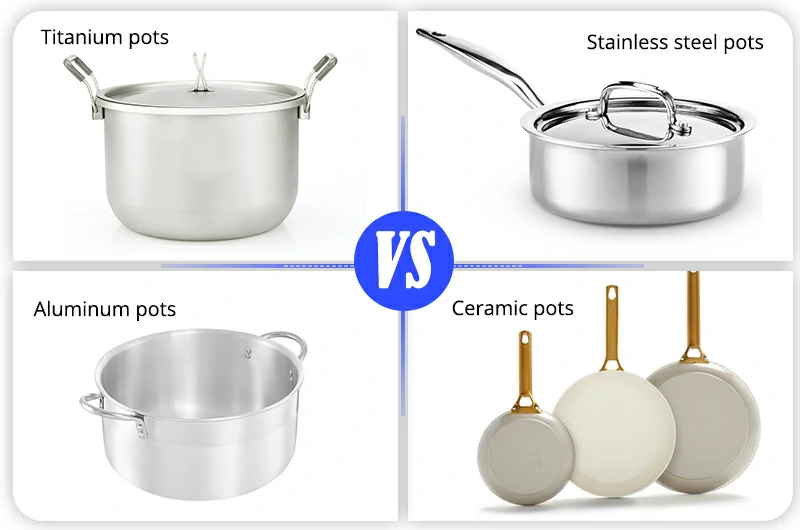
Whether you are pursuing excellent quality in a high-end kitchen or need lightweight and durable equipment in an outdoor environment, understanding the pros and cons of various materials will help you make a more informed choice. This article will compare these mainstream cookware materials in detail to help you find the cookware that suits you best.
List of cookware materials and key performance comparison table
The following is a comparison of the four mainstream cookware materials of titanium, stainless steel, aluminum, and ceramic in terms of weight, strength, corrosion resistance, thermal conductivity, safety, and service life, so that you can understand their core performance characteristics at a glance:
| Performance Dimension | Titanium Cookware | Stainless Steel | Aluminum | Ceramic pot |
|---|---|---|---|---|
| weight | Extremely light, suitable for outdoor and portable use | Heavy | Lighter | Medium to heavy |
| strength | High strength, not easy to deform | High strength | Easy to deform | Very brittle, easy to break |
| Corrosion resistance | Extremely strong, resistant to seawater and acid and alkali corrosion | Generally, long-term use may cause rust | Susceptible to corrosion | Medium, depends on glaze protection |
| Thermal conductivity | Medium to fast, even heat conduction | Slow heating | Heats up quickly but can overheat easily | Slow, uneven heat transfer |
| Food contact safety | High, excellent biocompatibility, no chemical coating required | Metals such as nickel may be precipitated | The coating is easy to fall off, which poses a risk | The coating is fragile and safety depends on the integrity of the glaze layer |
| Service life | Extremely long, anti-oxidation, high temperature resistance | medium | Shorter | Medium to short |
A complete analysis of mainstream cookware materials: performance and applicability comparison
When buying cookware, the choice of material is crucial. Different materials not only affect the cooking effect, but also the user experience and long-term durability. From titanium to stainless steel, aluminum to ceramic, each has its own unique performance characteristics and applicable scenarios. Below we will analyze the core advantages and potential disadvantages of these four common cookware materials one by one to help you make a more informed choice.
Titanium cookware – a fast and lightweight choice
Titanium is widely used in high-end kitchen and outdoor equipment fields due to its excellent physical and chemical properties. In cookware, titanium has the following outstanding advantages:
- Lightweight and portable: About 40% lighter than stainless steel, it is an ideal outdoor cooking companion.
- Strong corrosion resistance: It remains stable in seawater, acid and alkali environments and is suitable for long-term use.
- High strength and not easy to deform: It can remain strong even with thin wall design.
- Good biocompatibility: does not contain heavy metal precipitation, often used in medical implant materials, and is safer for food contact.
- Uniform heating and high temperature resistance: can be used under direct fire, and its thermal conductivity is better than stainless steel.
Titanium cookware is suitable for users who pay attention to health, safety and durability. It is especially suitable for outdoor camping, lightweight equipment and high-end kitchens.
If you want to learn more about the unique advantages and applications of titanium pots, and why they can occupy a place in high-end kitchenware applications, please click [ Titanium Pots - The New Favorite of High-end Kitchens and Outdoor Enthusiasts] to read.
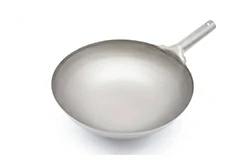
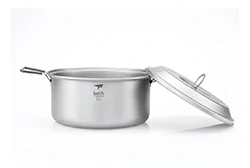
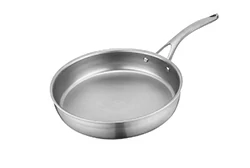
Stainless steel cookware – simple and durable
As the mainstream choice in home kitchens, stainless steel cookware combines durability and practicality:
The structure is solid and has strong impact resistance.
- It is easy to maintain and can be adapted to a variety of stoves (including induction cookers).
- The thermal conductivity is relatively slow, and a sandwich composite bottom design is often required to assist heating efficiency.
- Low-end models are prone to rust, and some models may precipitate metal elements (such as nickel).
- It is heavy and not suitable for long-term handheld operation or carrying.
Stainless steel cookware is suitable for daily kitchen cooking and users who have high requirements for cookware stability.
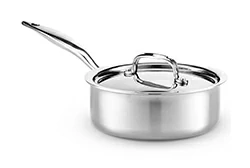
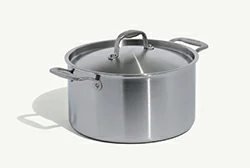
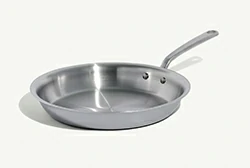
Hard anodized aluminum cookware - versatile, lightweight and flexible
Aluminum pots are widely used in home and commercial kitchens due to their high thermal conductivity, lightness and convenience, especially hard anodized aluminum pots, which have more stable performance.
- It has high thermal conductivity and heats quickly and evenly, making it particularly suitable for fast-paced stir-frying and short-time high-temperature cooking.
- Due to the soft material, ordinary aluminum pots are easy to deform; hard anodized aluminum pots have stronger pressure resistance and wear resistance.
- Surfaces often require coating protection (such as non-stick coating), but there are concerns about coating shedding and safety.
- Untreated bare aluminum pans may react with acidic ingredients, affecting flavor and posing health risks.
Aluminum alloy cookware is suitable for users with limited budgets, who prefer lightweight designs and have high requirements for thermal conductivity. It is especially suitable for daily stir-frying, simple cooking and other kitchen usage scenarios.
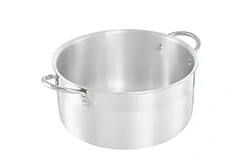
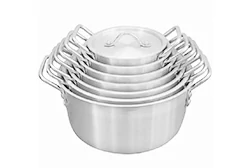
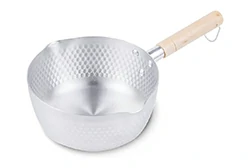
Ceramic cookware – pursuit of pure cooking
Ceramic cookware is favored by some home users because of its "non-stick and non-coating" feature, but it also has limitations:
- Naturally non-stick, avoids the use of chemical coatings and is safer.
- It is brittle and easily broken by falling or by extreme heat or cold.
- Poor thermal conductivity, slow heating, and insensitive temperature control.
- The glaze is prone to wear, discoloration or fine cracks during long-term use.
Ceramic cookware is suitable for home users who prefer natural cooking methods and attach importance to healthy eating.
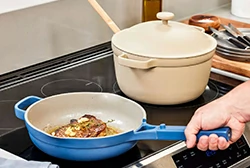
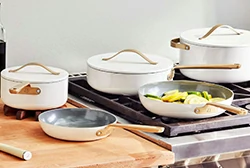
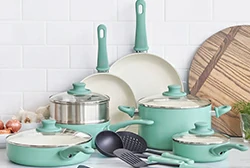
Practical tips for choosing cookware material
Faced with a variety of cookware materials on the market, consumers often have difficulty choosing. The following suggestions will help you make a more appropriate choice based on actual usage scenarios, cooking habits, maintenance convenience, and budget.
Based on usage scenario: outdoor vs home kitchen
Outdoor use
Prioritize lightweight and corrosion-resistant materials. Titanium pots, with their "ultra-lightweight + high-strength + corrosion-resistant" characteristics, perform particularly well in extreme environments such as camping, hiking, and mountaineering.
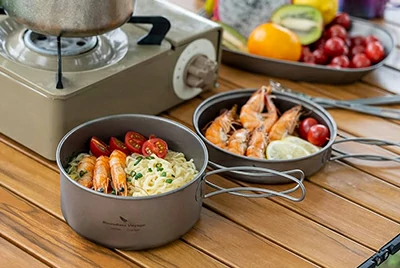
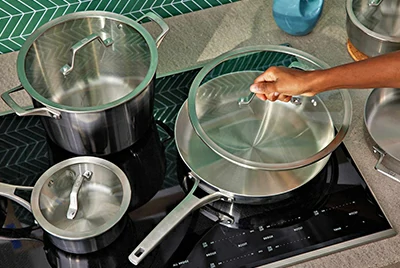
Home kitchen
Focus on cooking uniformity, durability and usage habits. Stainless steel is suitable for frequent frying and boiling, ceramic is suitable for the pursuit of non-coating non-stick experience, and titanium pots take into account health, safety and high-end aesthetics, suitable for quality-oriented family users.
According to cooking habits and maintenance needs
Fast high temperature cooking
Cookware with fast heat conduction and high temperature resistance (such as titanium pots and aluminum pots) are more suitable for users who like to stir-fry or pursue efficiency. Titanium pots are not only resistant to high temperatures, but also can be heated quickly, especially suitable for daily cooking and outdoor heating.
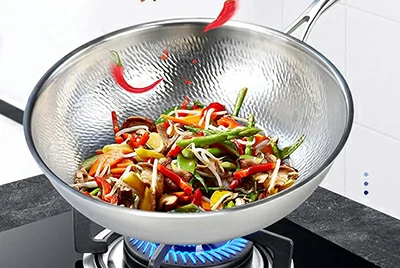
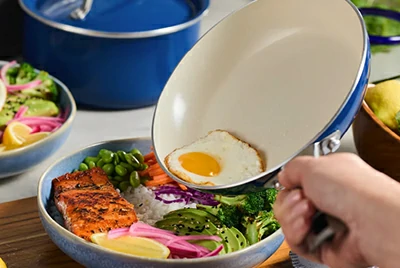
Oil-free low-temperature cooking
Users who pursue coating-free and low-oil cooking can choose ceramic pots or titanium pots. Ceramic pots are naturally non-stick and suitable for light cooking; titanium pots have the natural advantage of not relying on chemical coatings, providing higher safety protection for healthy eating.
Simple maintenance or meticulous pot care
Stainless steel and titanium pots are suitable for users who "wash after use", as they are anti-oxidation and easy to clean. Ceramic and coated aluminum pots require surface protection to avoid scratches from metal spatulas. They are suitable for users who are willing to maintain them carefully.
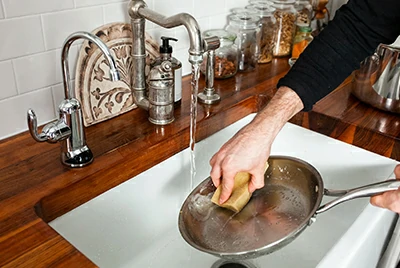
Budget considerations
Economical choice
Aluminum pots and some stainless steel pots are affordable and are the first choice for kitchens with just-needed needs and those who rent houses. They are suitable for users with limited budgets but with certain requirements for thermal conductivity.
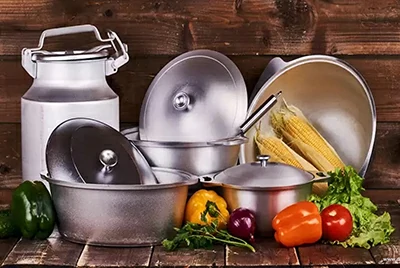
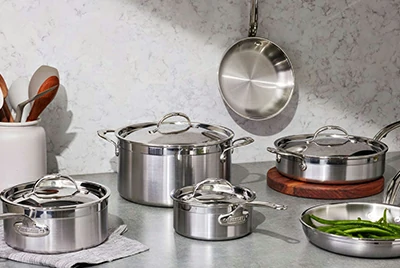
Mid-range mainstream choice
Stainless steel cookware is highly durable and cost-effective, suitable for practical home users. It is also the "standard material" in most home kitchens.
High-end long-term usability
The initial cost of a titanium pot is slightly higher, but it has an extremely long service life and does not require frequent replacement. It is also portable, safe, and has a good-looking design, making it an upgrade choice for high-quality life users and professional kitchenware brands.
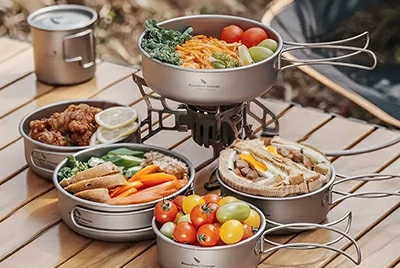
Chalcotitanium's comprehensive strength: empowering high-end titanium pot manufacturing
Chalcotitanium is deeply engaged in the field of titanium materials and deep processing manufacturing, integrating raw material supply, precision processing and finished product manufacturing, providing complete solutions for high-end titanium cookware projects. We are not only a trustworthy titanium material supplier, but also have mature production capabilities for finished products such as titanium pots, titanium lunch boxes, titanium cookware, etc., and widely serve multiple fields such as kitchen supplies, outdoor equipment and customized kitchenware.
High-quality titanium material guarantee
It uses high-purity titanium materials such as TA1 and TC4, which are lightweight, high-strength, corrosion-resistant and food-contact safe, meeting the manufacturing needs of a variety of titanium cookware.
Titanium cookware finished product design and manufacturing capabilities
We have rich experience in the design and manufacturing of finished products such as titanium pots, titanium frying pans, titanium lunch boxes, etc. We support diversified customization of functions, capacities and structures, and are widely suitable for application scenarios such as outdoor and home kitchens.
Flexible production capacity response to meet multi-stage needs
Whether it is new product trial production, small batch customization, or large-scale mass production, we can respond quickly and provide flexible and efficient manufacturing support for brand owners and OEM/ODM projects.
Diverse surface treatment and coating support
Combining non-stick coating, anodizing, sandblasting and other surface treatment technologies, we provide titanium materials with excellent compatibility and finished product processing services to enhance the durability and aesthetics of cookware.
Titanium deep processing and finished product processing services
To ensure a stable supply of intermediate products, precision parts, and finished titanium pots, Chalcotitanium provides a variety of deep processing services, including manual casting, precision lathe processing, CNC cutting, etc., to meet complex structure and high precision requirements.
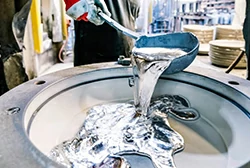
Casting
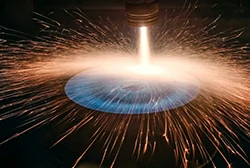
Coating

Lathe
Chalcotitanium is committed to promoting the lightweight, high-performance, healthy and environmentally friendly development of titanium cookware products. We welcome kitchenware brands and outdoor products companies to cooperate with us to create differentiated high-end titanium cookware solutions.
Welcome to [ learn more about titanium pot products], or click below to contact our professional technical and sales staff to work together to create new opportunities in the titanium pot market.




